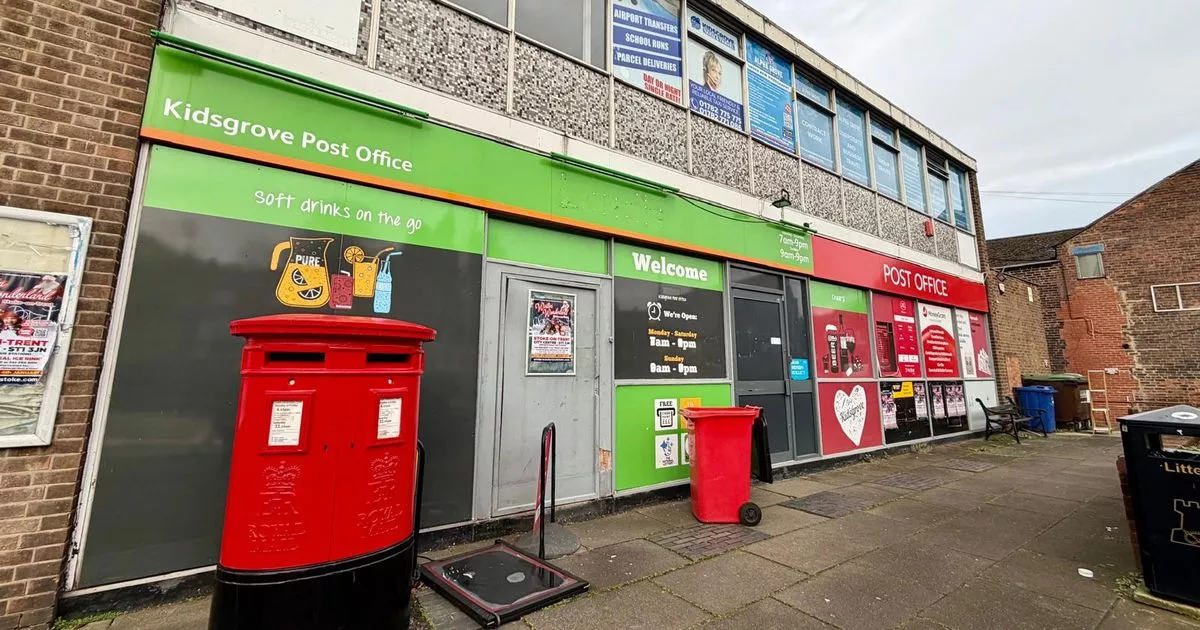The cruise ship that the late UK monarch, Queen Elizabeth II chartered twice in Scottish waters, Hebridean Princess departed Dun Laoghaire last night on its final Irish cruise, with a pilot cutter from Dublin Port, writes Jehan Ashmore.
As seen above in Dun Laoghaire, the cutter, DPC Tolka, having crossed Dublin Bay, is alongside the cruise ship which is standard practise as for reasons outlined further below.
The high-end luxury Hebridean Princess has just 48 guests who are taking the ‘Treasures of the Celtic Coast’, a 10 night fly-cruise which is heading back to its homeport of Oban, in west Scotland. (Afloat will have more to follow).
With such a small passenger capacity, there is a large crew of 38 offering what the operator, Hebridean Island Cruises, describes as an unrivalled comfort with the refined service of a floating country house. Accommodation is in 28 spacious cabins that are all individually decorated with tasteful interiors and are a world apart to the former 600 passenger ferry’s cabins located under the 50 capacity car-deck. This function no longer exists following its major rebuild conversion in 1989 into a cruise ship.
The ship built in 1964 was originally a MacBrayne (later CalMac) ferry and Royal Mail Ship, initially as RMS, then as MV Columba, was based out of Oban, serving the western isles for 25 years. In its current role, Hebridean Princess has been Scottish-based ever since, with cruises also throughout the UK, the near continent, and Ireland, from where both Dublin and Dun Laoghaire were used this season for turnaround and embarkation ports.
As Dun Laoghaire Harbour is within the pilotage authority of the Dublin Port Company, this required a pilot cutter, DPC Tolka, to cross the bay and into the harbour to transfer a pilot on board the 2,212 gross tonnes Hebridean Princess. The limits of the compulsory pilotage district cover the waters of Dublin Bay from the Baily Lighthouse on Howth Peninsula on the north to Sorrento Point, Dalkey in the south, and upriver of the Liffey as far as the Matt Talbot memorial bridge.
DPC Tolka is one of a pair out of a total of four cutters, and it was built in the UK by Goodchild Marine Services, based in Norwich. It can achieve 25 knots using two Skania D116 engines, and following successful trials with the rest of the fleet last year, it now uses Hydro-treated Vegetable Oil (HVO).
The low-carbon HVO is produced from waste material that can be used as a direct replacement for conventional marine diesel. Such environmental measures have, from initial results shown from trials, indicated a reduction between 80-90% in emissions, bringing Dublin Port’s targets towards a greener future. This is in accordance with the Government’s Climate Action Plan, 2023, which aims to halve national emissions by 2030.


